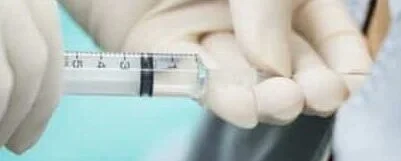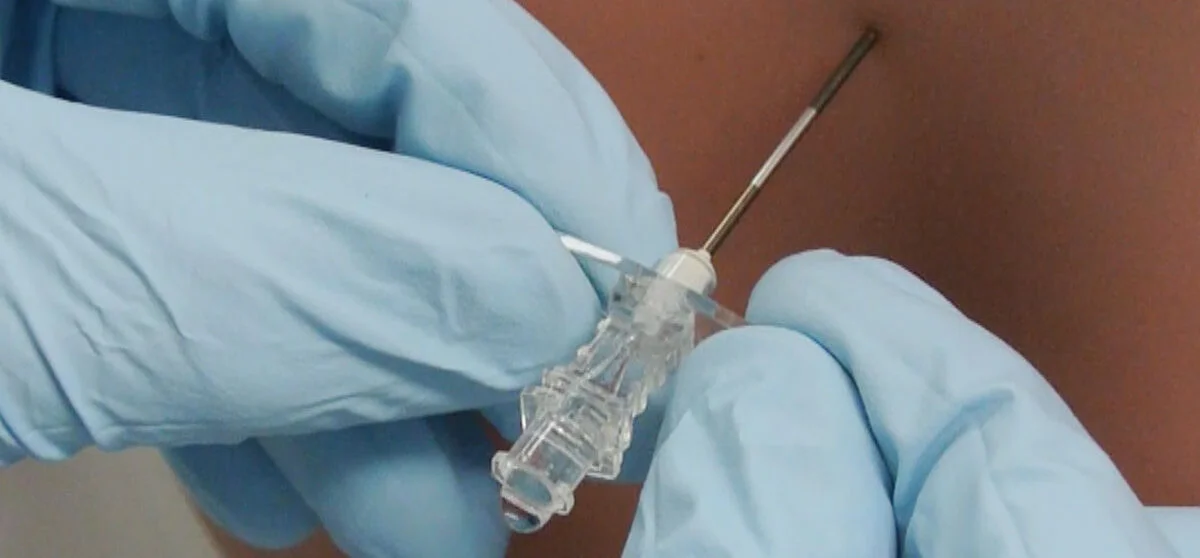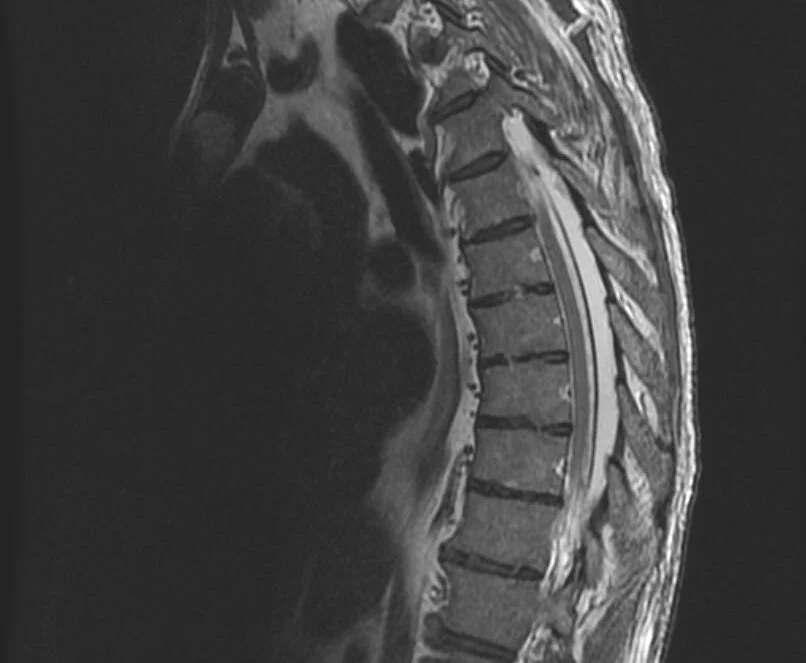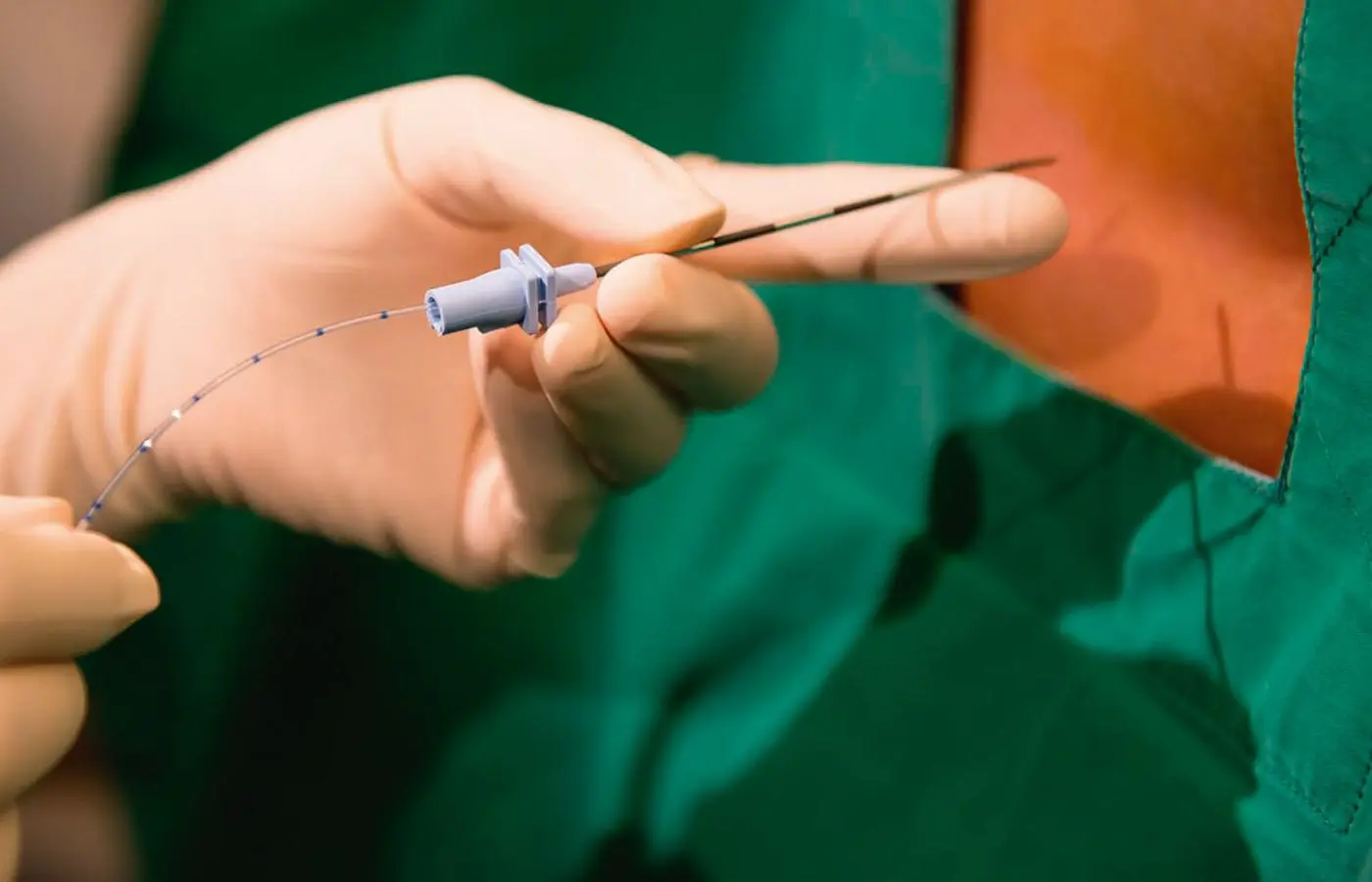Epidural injections
An epidural is a procedure where a doctor injects medication directly into the space around your spinal cord, called the epidural space. This helps to block pain signals from traveling up the nerves to your brain. The medication usually includes a combination of a local anesthetic, which numbs the area, and a steroid, which reduces inflammation.
Epidurals are especially effective for conditions where nerve roots can be irritated by discs or inflammation, such as in herniated discs or spinal stenosis. The steroid in the injection helps decrease inflammation at the nerve roots, providing targeted relief. It is most commonly employed in the cervical (neck) or lumbar (low back) region to relieve pain in these areas, but can also be employed in the thoracic (mid back) region as well.
Compared to oral medications, epidurals work directly at the source of the pain, offering faster and more effective relief. Oral medications take longer to work and may not be as precise in treating the problem. An epidural can also provide longer-lasting relief, reducing the need for high doses of oral medications, which can come with unwanted side effects.


Conditions Epidurals Used to Treat:
Epidurals are commonly used to treat the following conditions:
- Herniated or Bulging Discs
- Spinal Stenosis
- Sciatica
- Degenerative Disc Disease
- Spondylolisthesis
- Postherpetic Neuralgia
- Chronic Lower Back Pain
- Neck Pain with Nerve Root Irritation
- Any condition causing irritation around the nerve roots.
How Epidural Done and What to Expect:
- Positioning: You will be asked to either lie on your side or sit up, usually bending forward slightly to open up the spaces in your spine. You may or may not be given a small sedative to make the procedure more comfortable for you.
- Cleansing the Area: The skin on your back will be cleaned with an antiseptic solution to prevent infection.
- Numbing the Skin: A small amount of local anesthetic will be injected into the skin to numb the area where the epidural needle will be inserted.
- Placing the Needle: Your doctor will carefully insert a thin needle into the epidural space, guided by touch, imaging, or both.
- Injection of Medication: Once the needle is in the correct spot, the medication (usually a combination of a local anesthetic and a steroid) will be injected.
- Needle Removal: After the medication is injected, the needle is removed, and a small bandage is placed over the injection site.
- Observation: You may be observed for a short period to ensure there are no immediate side effects, and then you can typically go home the same day.
- Pain Relief Timeline: Pain relief may begin within a few days, but it can take up to a few weeks for the full effect. The relief can last for weeks to months, depending on your condition.


